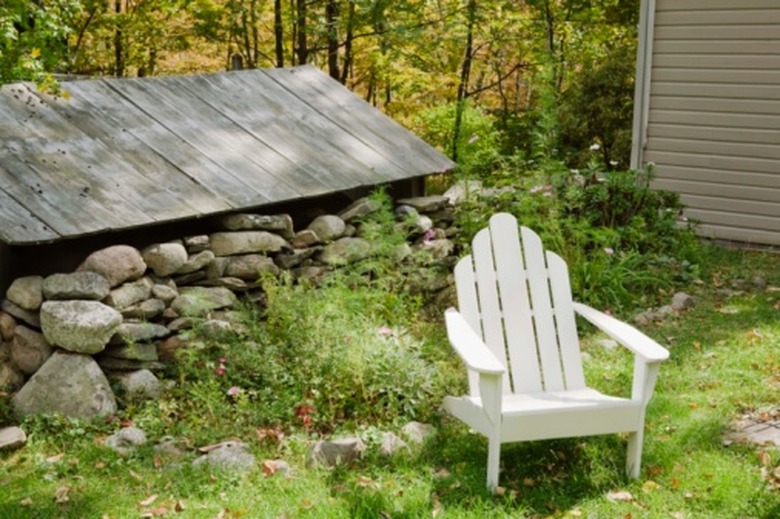How To Kill Crabgrass In Bermuda Grass
Crabgrass and Bermuda grass are similar in appearance. Both are warm-season grasses that grow well in hot weather, but crabgrass is largely unwanted in lawns by homeowners. Crabgrass has a faint hint of blue to it and is an annual grass that appears in hot summer months. Killing crabgrass in a Bermuda grass lawn is a little tricky, because you don't want to cause any damage to the grass you want to keep.
Step 1
Obtain chemical crabgrass killer found in lawn and home stores. Some varieties of herbicides will destroy crabgrass without harming Bermuda grass. Products which contain the active ingredient sethoxydim are effective in killing crabgrass, but will not hurt Bermuda grass.
- Crabgrass and Bermuda grass are similar in appearance.
- Some varieties of herbicides will destroy crabgrass without harming Bermuda grass.
Step 2
Avoid mowing the lawn for five to six days before using chemical herbicides on crabgrass. Longer leaf blades will soak up more of the chemical and this will work to kill crabgrass more quickly.
Step 3
Wait for a clear day with no rain, with temperatures lower than 85 degrees Fahrenheit. Hot weather will put more strain on the grass. If possible, choose a day when weather forecasters are calling for two to three clear, rain-free days in a row.
Step 4
Spray herbicide on the affected areas of the lawn during the late afternoon or early evening, never in the hottest part of the day.
Step 5
Avoid watering the lawn for at least 24 hours after spraying herbicides on crabgrass.
- Avoid mowing the lawn for five to six days before using chemical herbicides on crabgrass.
- Avoid watering the lawn for at least 24 hours after spraying herbicides on crabgrass.
Kill Crabgrass In July
Crabgrass is an annual weed that typically appears in the spring and — if not dealt with — will last until frost kills it. The three most common crabgrass species are hairy crabgrass (Digitaria sanguinalis), smooth crabgrass (Digitaria ischaemum) and southern crabgrass (Digitaria ciliaris). These species have flat light green blades measuring 5 to 10 mm wide. The crabgrass seeds overwinter in the ground; and, once the soil remains at 55 degrees Fahrenheit or above for an extended period of time, the seeds germinate. To make the process easier, water the soil beforehand. If control cannot be achieved in spring or early summer, the Missouri Botanical Garden suggests forgoing management since the crabgrass will die with frost. Instead, water deeply and less frequently wetting the soil to a depth of about 4 to 6 inches.
- Crabgrass is an annual weed that typically appears in the spring and — if not dealt with — will last until frost kills it.
- The crabgrass seeds overwinter in the ground; and, once the soil remains at 55 degrees Fahrenheit or above for an extended period of time, the seeds germinate.
Warning
Some areas of the lawn may look yellow or otherwise discolored after an herbicide treatment, but normal color should return as you resume your normal lawn maintenance routine.
Tip
Keep Bermuda grass thick healthy to prevent crabgrass, which only grows in weak or thin lawn areas.
References
- The Garden Counselor: How to Kill Crabgrass
- The Salisbury Post: Bermuda Grass Control
- Missouri Botanical Garden: Crabgrass Control
- University of Minnesota Extension Service: Controlling Grabgrass
- UC IPM Online: Crabgrass
- Cornell Cooperative Extension — Suffolk County: Crabgrass Control
- Cornell University Cooperative Extension of Nassau County: Crabgrass Control on Long Island
